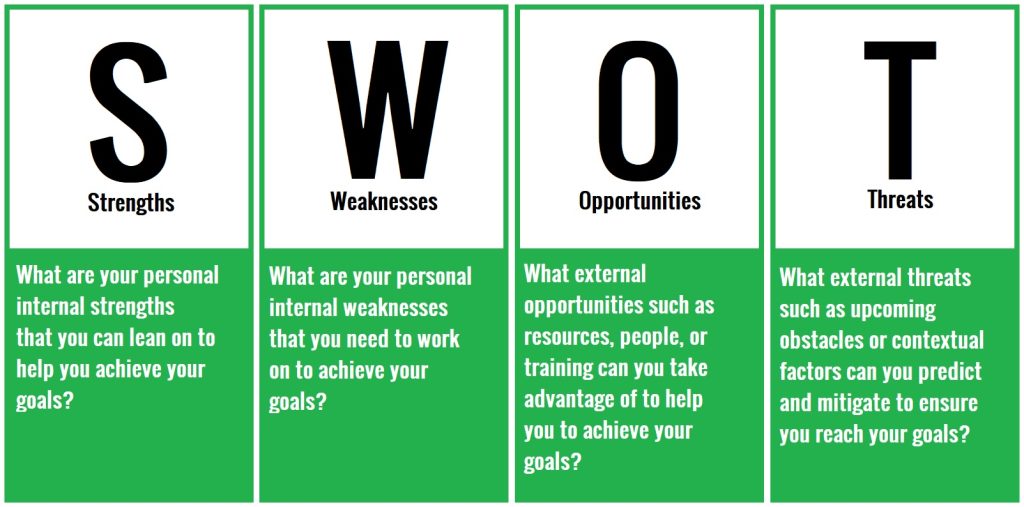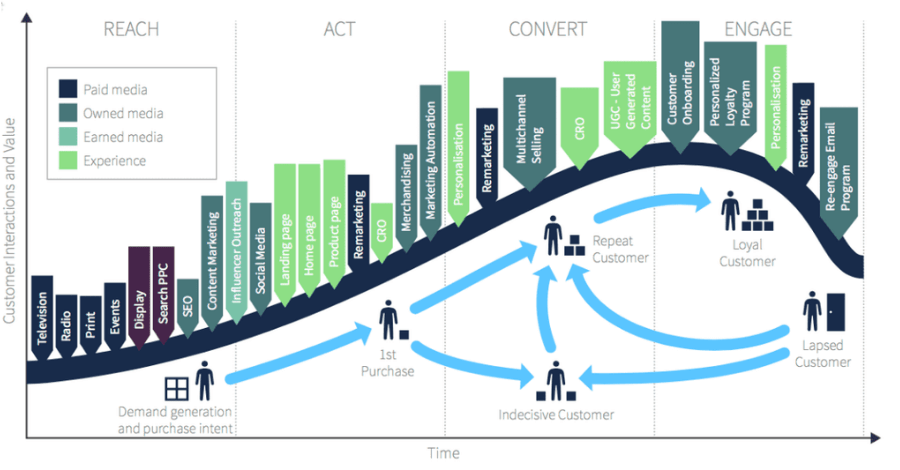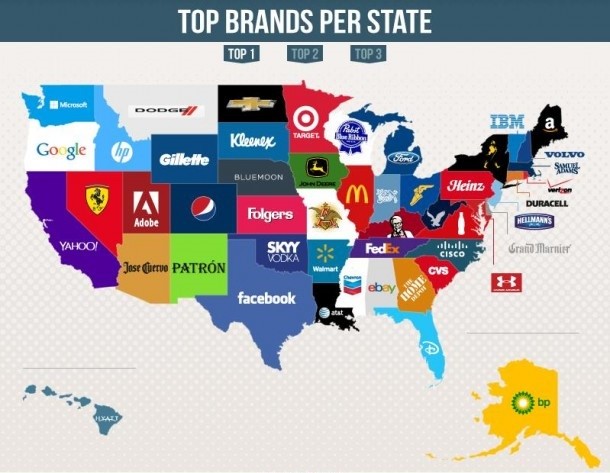

- September 27, 2023
- 4:00 pm
- No Comments
A Comprehensive Guide to Effective Brand Strategy
Brand strategy is the compass that guides a company’s journey through the dynamic landscape of consumer preferences and market trends. In an era where brands are more than just products or services—they are experiences, values, and promises—crafting a successful branding strategy is essential for businesses seeking to thrive and resonate with their target audience.
In this blog, we will delve into the intricacies of brand strategy, exploring its definition, components, and the pivotal role it plays in shaping a brand’s identity and success.
1. What is A Brand Strategy?
1.1. Definition
A brand strategy is the comprehensive plan and approach that a company employs to establish, position, and manage its brand in the marketplace. It serves as the guiding framework for building a brand’s identity, shaping consumer perceptions, and achieving long-term business goals.
At its core, a branding strategy outlines how a brand will distinguish itself from competitors, resonate with its target audience, and convey its unique value proposition. It encompasses various elements, including brand messaging, visual identity, market positioning, and customer experience.

A brand strategy is the comprehensive plan and approach that a company employs to establish, position, and manage its brand in the marketplace.
A well-defined brand strategy provides direction for marketing efforts, ensuring consistency across all brand touchpoints, from advertising and social media to product design and customer service. It helps foster brand loyalty, build trust, and create emotional connections with consumers.
Ultimately, a strong branding strategy is a powerful tool that can drive brand recall, customer loyalty, and sustainable business growth. It enables a brand to carve out a distinct identity in a crowded marketplace and leaves a lasting impression on consumers.
Do you know that logo design is an essential part of branding strategy? Explore how famous brands define their identities and connect their customers through 150 well-designed hand-drawn logos.
1.2. How is a Brand Strategy related to business growth?
A well-crafted brand strategy is intricately linked to business growth, playing a pivotal role in shaping a company’s success.
- Differentiation: A brand strategy defines what sets your business apart from competitors. By creating a unique identity and value proposition, you stand out in a crowded marketplace. This differentiation attracts customers and drives growth.
- Customer Loyalty: A strong branding strategy fosters customer loyalty. When customers resonate with your brand, they are more likely to return for repeat purchases and become brand advocates. This loyal customer base is a significant driver of sustainable growth.
- Market Expansion: With a clear brand strategy, you can confidently enter new markets or introduce new products and services. Your brand’s reputation and recognition can pave the way for successful expansion.
- Premium Pricing: Brands with strong strategies often command premium prices. Customers are willing to pay more for products or services associated with a trusted and well-regarded brand, boosting revenue and profit margins.
- Investor Confidence: A robust brand strategy can also attract investors and partnerships. When your brand is seen as a market leader, it instills confidence in stakeholders, facilitating access to capital and growth opportunities.
2. Target Audience Analysis for Brand Strategy
2.1. Profiling your target audience
Profiling your target audience involves creating comprehensive, data-driven personas that provide a deep understanding of who your ideal customers are. These personas encompass a range of factors, including demographics (age, gender, location, income), psychographics (values, lifestyles, attitudes), and behavioral traits (buying habits, brand loyalty).

Create detailed personas with demographics and psychographics to understand your ideal customers and tailor your brand strategy.
This step is critical because it allows you to humanize your audience, making them more than just statistics. For example, if your research reveals that your target audience is environmentally conscious, your brand can emphasize sustainability, thereby resonating with this group and potentially capturing their loyalty.
2.2. Understanding consumer behavior and preferences
Understanding consumer behavior and preferences requires delving deep into the psychology of your audience. You need to analyze how they interact with products or services similar to yours, from initial awareness to post-purchase evaluations. This step involves examining factors like online behavior, the path to purchase, pain points, and emotional triggers.
For instance, if your research shows that your audience values convenience and seamless online experiences, you can focus on optimizing your brand’s digital presence to cater to these preferences effectively.
2.3. Aligning your brand with audience needs and desires
The alignment of your brand with the needs and desires of your target audience is the cornerstone of a successful brand strategy. It entails using the insights gained from profiling and behavior analysis to craft a brand message, positioning, and values that directly address the challenges, aspirations, and desires of your demographic.
For example, if your research uncovers that your audience values eco-friendliness and seeks products that reduce their carbon footprint, your brand can emphasize sustainability as a core value. This alignment not only resonates with consumers but also positions your brand as a solution provider that understands and caters to their specific needs.
3. Competitor Analysis
3.1. Evaluating your competitors’ brand strategies
This step involves a thorough examination of your competitors’ brand strategies, dissecting their messaging, positioning, and visual identity. It’s essential to understand how they engage with their audience and what sets them apart. By evaluating their strategies, you gain insights into successful approaches and potential pitfalls. This knowledge empowers you to make informed decisions in crafting your own brand strategy.

This step involves a thorough examination of your competitors’ brand strategies, dissecting their messaging, positioning, and visual identity (source: Yourstory.com)
3.2. Identifying opportunities and threats in the market
Identifying opportunities and threats in the market with SWOT analysis requires a keen eye on industry trends, consumer behavior shifts, and emerging technologies. Recognizing opportunities allows you to capitalize on gaps in the market that competitors might overlook. Simultaneously, being aware of threats helps you prepare for challenges and adapt your strategy accordingly. It’s a proactive approach to staying ahead of the curve and ensuring your brand remains relevant and competitive.

SWOT analysis (source: Helpful Processor)
3.3. Setting your brand apart from the competition
To stand out in a crowded marketplace, setting your brand apart from the competition is crucial. Your brand strategy should emphasize what makes your offering unique and valuable to consumers. This could be through innovative products, exceptional customer service, or a compelling brand story.
When a brand can evoke emotions and establish a deep connection with its audience, it becomes more than just a product or service—it becomes a part of their lives. And effective differentiation not only attracts customers but also builds brand loyalty. It establishes your brand as the preferred choice and creates a distinct identity that competitors find challenging to replicate.
To stand out in a crowded marketplace, setting your brand apart from the competition in the audience’s mind is crucial (source: Linkedin)
4. Developing Your Brand Strategy
4.1. Defining brand objectives and goals
The first step in developing your brand strategy is to set clear objectives and goals. These should align with your overall business objectives and be specific, measurable, achievable, relevant, and time-bound (SMART). For instance, you might aim to increase brand awareness by 20% within the next year or expand your market share in a particular segment. Having well-defined goals provides a roadmap for your brand marketing strategy and ensures that your efforts are focused on achieving tangible outcomes.

The first step in developing your brand strategy is to set clear objectives and goals (source: Hydrate Marketing)
4.2. Crafting a brand message and positioning
Crafting a compelling brand message and positioning is the heart of your brand strategy. It involves defining what your brand stands for, its unique value proposition, and how you want it to be perceived in the minds of your target audience. Your brand message should resonate with consumers on an emotional level, telling a story that connects with their values and aspirations. Effective positioning sets your brand apart from competitors, highlighting its strengths and addressing consumer needs.

Crafting a compelling brand message and positioning is the heart of your brand strategy.
4.3. Creating brand guidelines and visual identity
Once you’ve defined your brand’s essence, it’s crucial to create brand guidelines and establish a consistent visual identity. Brand guidelines outline how your brand should be presented across all touchpoints, from logos and typography to color schemes and tone of voice. Consistency in branding builds recognition and trust among consumers. Your visual identity should be memorable and align with your brand’s values and messaging. Whether it’s a sleek, minimalist design or a vibrant and playful aesthetic, it should reflect your brand’s personality and resonate with your target audience.

Brand guidelines outline how your brand should be presented across all touchpoints, from logos and typography to color schemes and tone of voice (source: McDill Design).
4.4. Rolling out your brand strategy across marketing channels
With a well-defined brand strategy, it’s time to execute it across various marketing channels. This includes your website, social media, advertising campaigns, content marketing, and more. Each channel should align with your brand’s messaging and visual identity, creating a cohesive and immersive brand experience for consumers. Consistent messaging and imagery reinforce your brand’s identity and enhance brand recall. It’s essential to adapt your strategy to the unique dynamics of each channel, ensuring that your brand remains engaging and relevant in different contexts.

Each channel should align with your brand’s messaging and visual identity, creating a cohesive and immersive brand experience for consumers (source: Smart Insights)
4.5. Monitoring and measuring brand performance
Continuous monitoring and measurement of brand performance are essential to track the effectiveness of your brand awareness strategy. Key performance indicators (KPIs) should align with your brand objectives and goals. These may include brand awareness metrics, customer sentiment analysis, website traffic, conversion rates, and sales data. Regularly assessing these KPIs allows you to adjust your strategy based on real-time insights. If you’re falling short of your goals, you can refine your approach to better connect with your target audience and achieve your brand objectives.
4.6. Making adjustments and refinements as needed
Flexibility is vital in brand awareness strategy development. As market dynamics change and consumer preferences evolve, it’s essential to build a brand strategy accordingly. Stay attuned to feedback from consumers, monitor industry trends, and be prepared to make adjustments and refinements. This might involve tweaking your messaging, refreshing your visual identity, or exploring new marketing channels. A responsive approach ensures that your brand remains agile and resilient, positioning it for sustained success in a dynamic marketplace.
5. Case Studies
5.1. Case Study 1: Apple Inc.
Apple‘s brand strategy is a masterclass in creating a brand that transcends products and becomes a lifestyle. The “Think Different” campaign, launched in 1997, was a game-changer. It featured iconic figures like Albert Einstein and Mahatma Gandhi, associating Apple with innovation and rebellion against the ordinary. This approach positioned Apple as a brand that appealed not only to tech enthusiasts but to individuals who sought to express their uniqueness.

Apple’s brand strategy is a masterclass in creating a brand that transcends products and becomes a lifestyle (source: World Atlas).
The company’s minimalist design and user-friendly interfaces communicate simplicity and elegance, reinforcing the brand’s commitment to quality and innovation. Apple’s loyal customer base eagerly anticipates product launches, and the brand’s storytelling, from the “1984” Super Bowl ad to its more recent “Shot on iPhone” campaign, consistently captivates audiences.
Apple’s brand strategy is about inspiring creativity, challenging norms, and enhancing lives through technology. This approach has enabled Apple to maintain its position as one of the world’s most valuable and iconic brands.
5.2. Case Study 2: Nike
Nike’s “Just Do It” campaign is a classic example of how a brand strategy can inspire and connect with its audience. It’s not just about selling athletic shoes and apparel; it’s about motivating people to push their limits, take action, and overcome obstacles. By tapping into the emotions and aspirations of athletes and fitness enthusiasts, Nike created a powerful emotional connection with its audience.

Nike’s “Just Do It” campaign is a classic example of how a brand strategy can inspire and connect with its audience (source: Nike).
The brand’s use of athlete endorsements, such as Michael Jordan and LeBron James, reinforces the message that with Nike, anyone can achieve greatness. Nike’s commitment to innovation and performance further solidifies its brand identity as a leader in athletic footwear and apparel.
The “Just Do It” campaign isn’t just a tagline; it’s a call to action that resonates with individuals worldwide. Nike’s brand strategy is about empowerment, pushing boundaries, and inspiring athletes of all levels to strive for excellence.
6. Conclusion
A well-crafted strategic branding is the beacon that draws consumers to your brand and keeps them coming back. It’s the story you tell, the emotions you evoke, and the trust you build. From the iconic simplicity of Apple to the empowering call to action of Nike and the joyous moments created by Coca-Cola, successful brands understand the power of strategy.
As you embark on your digital brand strategy journey, remember that it’s not just about what you offer—it’s about the meaningful connections you create. So, let your brand strategy be your guiding star, illuminating the path to brand excellence. Visit Surfline Media’s blogs for more interesting knowledge
_______________________

Surfline Media – Automate to Elevate
Our website: https://surflinemedia.com/
Contact us: https://surflinemedia.com/contact-us/
Phone number: +1 323-741-4482
Email: [email protected]








